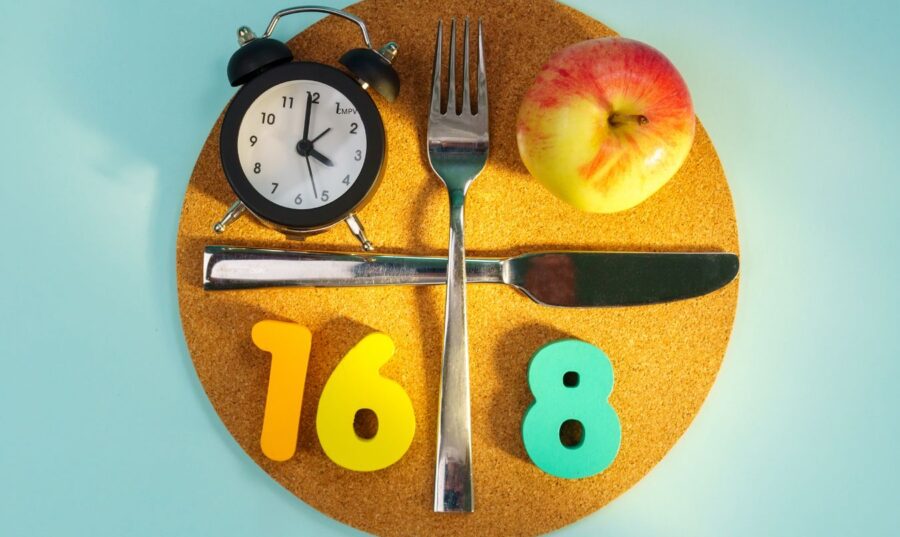|
Getting your Trinity Audio player ready...
|
The term intuition comes from the Latin “intuitione,” which means “to look” or “to follow the rhythm.” Intuition is defined as the ability to understand and identify things independently of practical and rational knowledge. From this, intuitive eating can be understood as the individual's natural ability to know what, how much and when to eat.
Intuitive eating is based on the belief of the individual's connection and awareness with the nutritional needs of the body. This eating model was created by dietitian nutritionists Evelyn Tribole and Elyse Resch. Intuitive eating aims to make the individual maintain harmony between food, mind and body. To do this, it is based on a series of ten pillars or principles that promote the person's freedom to choose healthy and pleasurable foods, promoting a positive attitude towards food and self-image.
Research indicates that people who eat intuitively have fewer body weight dilemmas such as overweight, obesity, and eating disorders. They also indicate that there is a positive association between intuitive eating and satisfaction with life, psychological well-being, optimism and positive self-image. People who use this eating model have more awareness and respect for their bodies, helping them avoid the dangers of the diet mentality. Such dietary thinking tends to be ineffective for long-term weight loss, sometimes psychologically and emotionally damaging, causing depression, anxiety and binge eating in some people.
Intuitive eating focuses on the main reasons we should eat: hunger and nutrition. That is, it encourages us to listen to the natural hunger signals that the body gives us. These signals should prompt us to eat only when we feel hungry, stop when we are satisfied, and not rely on external indicators to decide when to eat. Customs or habits are external indicators that can encourage us to eat without being hungry. For example, "I always eat a small sandwich when I get home from work." Intuitive eating does not surrender to these habitual and illogical eating practices.
10 principles of intuitive eating
- Reject the diet mentality
- Honor or satisfy your hunger
- Make peace with food
- Challenge the food police
- Feel your satiety
- Discover the satisfaction factor
- Face your emotions without using food
- Respect your body
- Exercise and feel the difference
- Honor your health with compassionate eating
6 recommendations to start eating intuitively
- Practice recognizing diet culture. Why do you eat the foods you eat? Why do you consume them in the place and time you consume them? Why do you eat them that particular way? Diet culture is the sum of all the things that make us eat how we eat and the choices we make about the foods we consume.
- Practice knowing your own body. Keep a daily record of how you feel, when you eat, and when you don't eat.
- Make a list of foods you really like. Mark the foods you avoid for reasons that “diet culture taught you.” Eat one of the foods you marked every week. Don't judge, just be curious.
- Experiment with eating regularly, at purposefully selected times. Eat main meals (breakfast, lunch, dinner) in intervals of 4 to 5 hours. You can add snacks between main meals, 2 to 3 hours between these meals. Evaluate the feeling of hunger and satiety.
- Practice compassion. This trip is not done in a day or a month. Give your body time.
- Read the book Intuitive Eating: The Return to Natural Eating Habits, written by Evelyn Tribole and Elyse Resch.
Intuitive eating is a way of life that focuses on self-care, respect for the body and well-being beyond weight loss. Although it may take time and practice to fully adopt this diet, it will help you transform your entire life and have a greater and healthier appreciation of your body.










